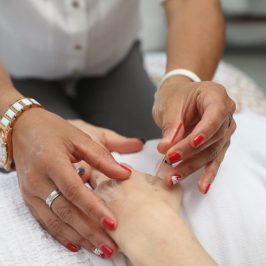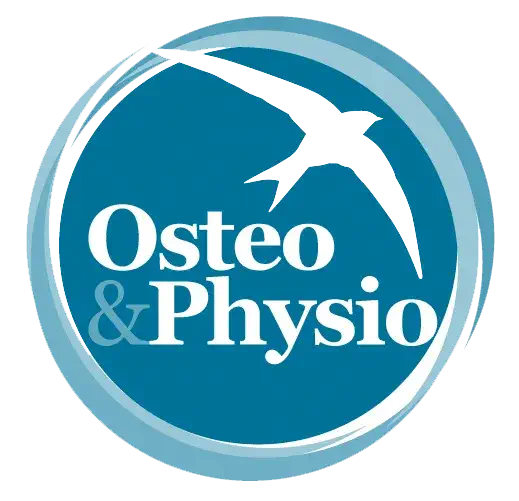Acupuncture has been used for thousands of years in many forms to alleviate conditions and discomfort. Traditional Chinese Medicine (or TCM) acupuncture is the most widely practiced, and more familiar to most. Western acupuncture (or Dry Needling) is inspired by TCM acupuncture, but bases its use on different principles, and is essentially a more simplified use of needling to alleviate predominantly muscular and joint pain. Very slim needles (less than that used for an injection) are used to pierce the skin for anywhere between 5 seconds to 1 minute.
Acupuncture can be a powerful adjunct to the manual therapy of an osteopath. Osteo and Physio have osteopaths trained and certified in western acupuncture.
Osteoarthritic Pain in Joints
Osteoarthritic degeneration in joints can’t be reversed by using acupuncture. However, pain experienced by patients can be lowered after using acupuncture intervention (as was shown by a large study in 2004 focused on knees). Some models describe the use of needles to stimulate the periosteum – the layer which covers all bones in your body – close to the arthritic joint.
Muscular Tension/Spasm
Have you experienced those knots in your shoulders that feel tender when you press your finger on them? Put plainly, placement of an acupuncture needle into such trigger points within a muscle can have a relaxing effect. Another model states that insertion of a needle triggers a cascade of physiological responses, whereby the signals of nociception (pain signals) are suppressed by the spinal cord and/or the brain, so less pain is experienced. Spasm is the reflexive contraction of muscle in response to stimulation such as pain – therefore this can be relaxed if pain is reduced.
Other problems which have responded to use of dry needling:
Tendonopathies, plantar fasciitis, neuralgia, nausea, headache
Acupuncture isn’t for everyone. Some people can have a strong reaction, on rare occasions feeling faint, dizzy or increased discomfort for several hours after treatment. On rare occasions, recipients of needling don’t seem to experience any alleviation of symptoms.
It is important to make sure you seek this kind of treatment from a health practitioner who has undertaken clinical competency and safety training. It may be that your problem responds sufficiently well for the body to heal completely. For other problems (eg. osteoarthritis), patients generally have a course of treatment, followed by less frequent maintenance appointments as best fits the patient’s needs.


